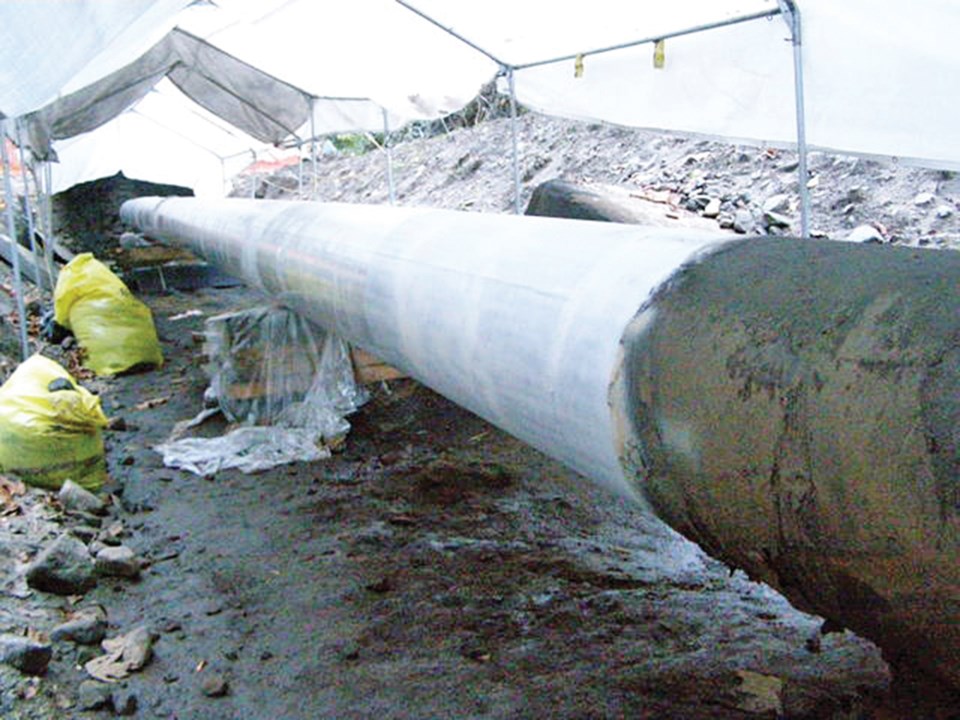Can Kinder Morgan run a pipeline through Burnaby Mountain? That's the multi-million dollar question the company is trying to answer by bringing in two experts from SFU, and their project will provide information on earthquake fault lines for the entire Lower Mainland.
Kinder Morgan is working with SFU's John Clague and Doug Stead to help determine the feasibility of the latest routing option, which involves boring or tunneling through Burnaby Mountain to connect the storage tanks to the Westridge Marine Terminal.
"(Clague and Stead) are going to be assessing all of the surficial geology and some of these geological features, such as the landslide on the north side of Burnaby Mountain," said Greg Toth, senior project director for the pipeline expansion. "There are questions: Is there active faulting in the Lower Mainland area, or is there not?"
Clague and Stead are both research chairs and professors in SFU's school of earth sciences. Clague is a geologist who specializes in natural hazards, while Stead is an engineering geologist with a focus on slope instability.
One important piece of missing information for Kinder Morgan is whether Burnaby Mountain has fault lines of breaks in the earth due to landslides - a question geologists have not managed to answer according to a company-commissioned review of geological reports and studies dating back roughly 100 years.
Pipeline controversy aside, Clague said he's very excited about the project, especially because they will use Lidar imagery to search for faults in the Lower Mainland, not just on Burnaby Mountain.
Lidar is a relatively new technology that uses lasers to scan surfaces to create detailed 3D images. The images Clague will be working with were shot from aircraft. Surface vegetation can be removed from the images electronically, so scientists like Clague are left with topographical maps that are better than those based on conventional aerial photography.
"It's totally non invasive. We don't need to get permitting to acquire it. It's all acquired from aircraft. It's a tool to determine if there has been any ruptures from earthquakes," Clague said. "I've always said we have to find out if there are active faults, and it plays into all kinds of risk and hazard related issues."
Clague and Stead's findings will very likely have larger implications for the rest of the Lower Mainland, since this is the first-ever survey of its kind for the region.
As for the pipeline, Kinder Morgan is proposing two options for the new mountain route within the same study corridor. The first is horizontal directional drilling, which involves boring a hole through the mountain and pulling the pipeline though with the drill, which would cost the company $24 million. The second option is tunneling the line through the same corridor, which would cost $47 million. The third option is running the pipeline down Burnaby Mountain Parkway, then Hastings Street and Cliff Avenue, which would cost $20 million.
Part of the company's rationale for going through the mountain was to avoid the Westridge neighbourhood, where many residents don't want the pipeline in their neighbourhood.



